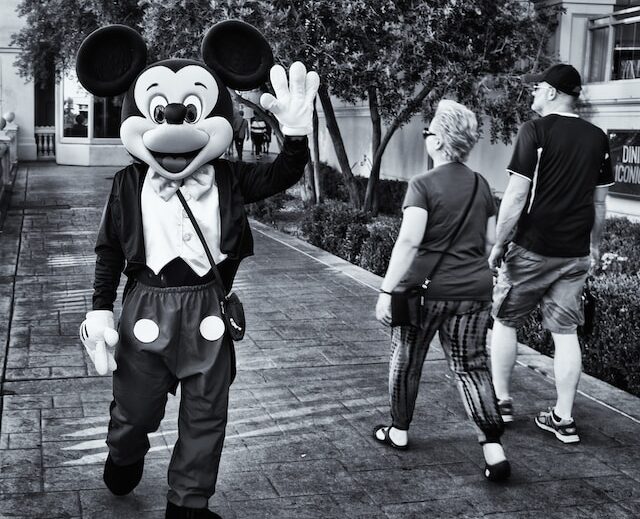Public Domain Day
Not only is January 1 New Year’s Day, but it’s also Public Domain Day, the day that some copyrighted works enter the public domain. On January 1, 2024, works created in 1928 will now be copyright-free. This year’s list includes Cole Porter’s “Let’s do it,” Buster Keaton’s “The Camera Man,” and most notably “Steamboat Willie,” the first Mickey Mouse cartoon.
What is Copyright?
Copyright is a legal protection granted to the creators of original works, which are fixed in a tangible medium. Copyright law gives creators exclusive rights to reproduce, distribute, publicly perform, and display their creations and to make derivative works of them for a limited period. This fosters creativity by providing financial incentives for creators. Based on numerous statutory extensions, the current duration of copyright for works created prior to January 1, 1978 is generally 95 years from registration or publication of the work.
The Walt Disney Company has long lobbied for extending copyright terms to protect its valuable IP, including Mickey Mouse. For example, Disney was among the corporations that successfully lobbied for the Copyright Term Extension Act (CTEA) in 1998 which extended copyright for all works by 20 years.
What is the Public Domain?
The public domain refers to the body of creative works or inventions no longer under copyright or patent protection. Once a work enters the public domain, it becomes freely accessible to the public, allowing anyone to use, reproduce, distribute, publicly perform or display, or make new works derived from the original work without the need for permission or payment of royalties. Works can enter the public domain through various means, including expiration of copyright, voluntary dedication by the creator, or inapplicability of copyright protection.
As works enter the public domain, new creatives will render their take on the original work. For example, when A.A. Milne’s original Winnie the Pooh stories entered the public domain, we quickly saw new works based on the original characters, such as the horror film Winnie the Pooh: Blood and Honey. Although the Steamboat Willie version of Mickey Mouse only recently entered the public domain, filmmakers have already announced movies featuring Mickey Mouse including a horror film, similar to Winnie the Pooh’s flick.
What Rights Does Disney Still Have in Mickey Mouse?
In short, a lot. It’s important to note that while the original depiction of Mickey Mouse from Steamboat Willie is now fair game for anybody to use, later iterations of the mouse, including the most common depictions in color (as he’s embodied in the film Fantasia, for example), are still protected. This means that Disney still holds copyright protection over all avatars of Mickey Mouse that came after Steamboat Willie.
Disney has also many trademarks in Mickey Mouse. A trademark is a distinctive sign, symbol, or design used by businesses to identify and differentiate their products or services from those of others, creating a recognizable brand. Trademarks afford legal protections by preventing others from using similar signs or symbols in a way that could create confusion among consumers and dilute the distinctiveness of a brand. Unlike copyright, if the trademark owner continues to use the mark, there is no expiration on protection. This means that the public may not use Mickey Mouse to confuse consumers into believing that Disney made or endorses the product. For example, one can’t open a “Mickey Mouse” restaurant or bottle a “Mickey Mouse” branded beer.
What is the future of Mickey Mouse?
Although Steamboat Willie is now in the public domain and the public is free to use the original depiction of Mickey Mouse in new creative works, Disney will likely continue to aggressively enforce its trademarks ensuring that future uses of Mickey Mouse don’t dilute the Disney brand. But as more and more iterations of Mickey Mouse continue to enter the public domain, it will be increasingly difficult for Disney to protect the mouse from purely creative exploitation.
Conclusion
The continued copyright protection of the most well-known versions of Mickey and Disney’s aggressive enforcement of its trademarks in the name and character ensure Disney’s continued control over the mouse. If you are a creator and are worried about protection for your work, or have questions about what you can and can’t do with a work that’s now entered the public domain, you should seek the advice of a qualified attorney to speak about copyright and trademark issues.




